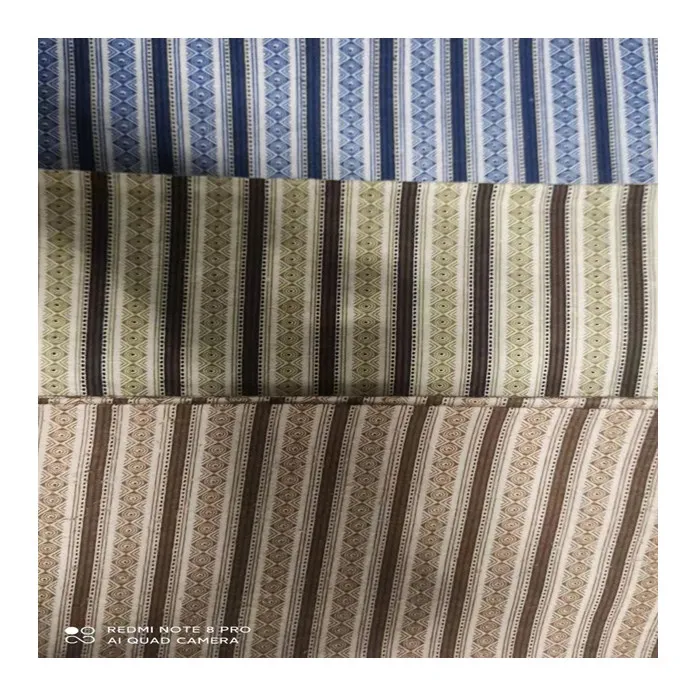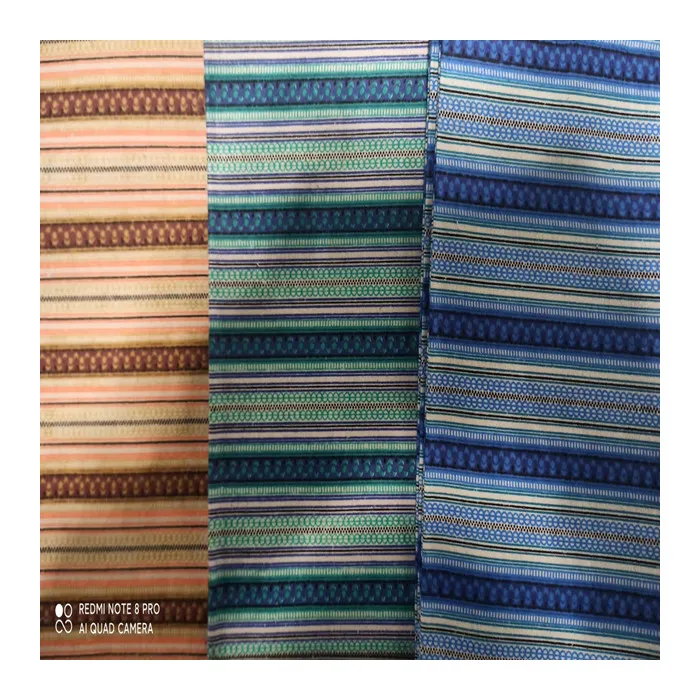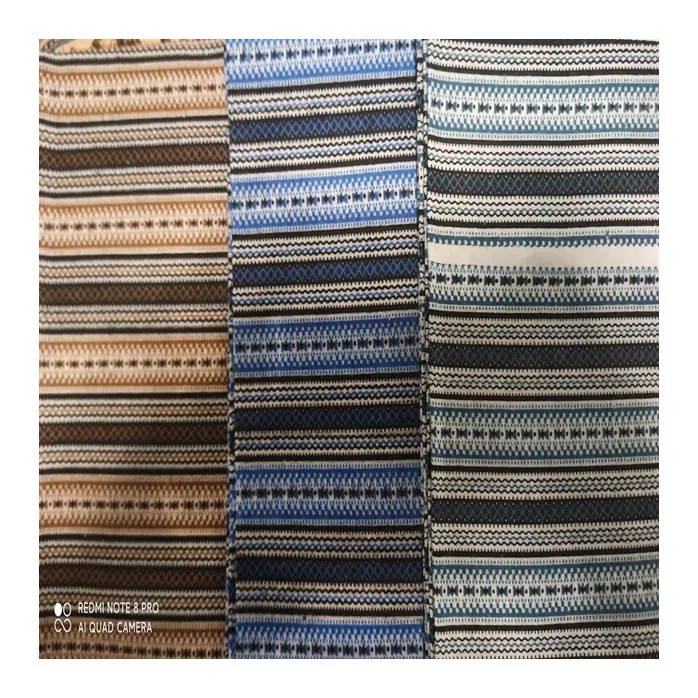
- Afrikaans
- Albanian
- Amharic
- Arabic
- Armenian
- Azerbaijani
- Basque
- Belarusian
- Bengali
- Bosnian
- Bulgarian
- Catalan
- Cebuano
- Corsican
- Croatian
- Czech
- Danish
- Dutch
- English
- Esperanto
- Estonian
- Finnish
- French
- Frisian
- Galician
- Georgian
- German
- Greek
- Gujarati
- haitian_creole
- hausa
- hawaiian
- Hebrew
- Hindi
- Miao
- Hungarian
- Icelandic
- igbo
- Indonesian
- irish
- Italian
- Japanese
- Javanese
- Kannada
- kazakh
- Khmer
- Rwandese
- Korean
- Kurdish
- Kyrgyz
- Lao
- Latin
- Latvian
- Lithuanian
- Luxembourgish
- Macedonian
- Malgashi
- Malay
- Malayalam
- Maltese
- Maori
- Marathi
- Mongolian
- Myanmar
- Nepali
- Norwegian
- Norwegian
- Occitan
- Pashto
- Persian
- Polish
- Portuguese
- Punjabi
- Romanian
- Russian
- Samoan
- scottish-gaelic
- Serbian
- Sesotho
- Shona
- Sindhi
- Sinhala
- Slovak
- Slovenian
- Somali
- Spanish
- Sundanese
- Swahili
- Swedish
- Tagalog
- Tajik
- Tamil
- Tatar
- Telugu
- Thai
- Turkish
- Turkmen
- Ukrainian
- Urdu
- Uighur
- Uzbek
- Vietnamese
- Welsh
- Bantu
- Yiddish
- Yoruba
- Zulu
Soft Organic Cotton Flannel Cloth & Durable Fabrics
The Enduring Appeal and Technical Excellence of Cotton Flannel Fabric
In the diverse landscape of textiles, cotton flannel cloth stands out as a material renowned for its exceptional softness, warmth, and versatility. Originating centuries ago, this fabric has evolved significantly from its humble beginnings, transitioning from a practical solution for cold climates to a staple in modern apparel, home textiles, and specialized industrial applications. Its unique tactile properties are attributed to a meticulous napping process, which raises fibers on one or both sides of the fabric, creating a distinctive fuzzy texture that enhances insulation and comfort. The global market for cotton-based textiles, including flannel, continues to expand, driven by consumer demand for sustainable and comfortable materials, as well as innovations in textile manufacturing that improve durability, aesthetic appeal, and functional performance. This detailed exploration delves into the technical aspects, production methodologies, and diverse applications of this remarkable fabric, providing essential insights for B2B stakeholders navigating the complexities of textile procurement and product development.
The demand for specific variants, such as organic cotton flannel, is particularly robust, reflecting a broader industry trend towards eco-conscious sourcing and production. Concurrently, the versatility of this fabric allows for a vast array of finishes and designs, from classic plain colors like white flannel fabric and black cotton flannel to sophisticated prints, catering to diverse market preferences. Understanding the intricacies of cotton flannel fabric—its structural integrity, thermal properties, and suitability for various end-uses—is crucial for manufacturers, designers, and distributors. This includes an appreciation for how different fiber blends, like CVC (Chief Value Cotton) compositions, can alter performance characteristics, offering balanced attributes of natural comfort and synthetic durability. As supply chains become increasingly globalized, the ability to source high-quality, technically compliant flannel fabric from reliable manufacturers becomes a critical competitive advantage.
The Comprehensive Manufacturing Process of Cotton Flannel Fabric
The production of cotton flannel cloth is a sophisticated multi-stage process that transforms raw cotton fibers into the soft, durable fabric known globally. It begins with raw cotton bale opening and cleaning, where impurities are removed, and fibers are loosened. This is followed by carding, a crucial step where fibers are aligned parallel to each other to form a web, which is then condensed into sliver. Drawing further aligns these fibers, creating a more uniform sliver that is then spun into yarn. The spinning process, whether ring spinning or open-end spinning, determines the yarn's strength, fineness, and overall quality, directly influencing the final fabric's characteristics. Once yarn is produced, it undergoes weaving, typically using a plain or twill weave pattern, to create the base fabric. The choice of weave impacts the fabric's drape and durability, laying the foundation for its eventual application in garments or home textiles.
The distinctive soft texture of cotton flannel fabric emerges during the napping process. This involves mechanically brushing the fabric surface with wire brushes or abrasive rollers, which gently pull up the short ends of the fibers, creating a soft, fuzzy pile. This napping can be applied to one side for single-napped flannel or both sides for double-napped varieties, each offering different levels of softness and warmth. Following napping, the fabric undergoes dyeing or printing. For products like Cvc Printed Flannel Fabric 120gsm, advanced rotary screen printing or digital printing techniques are employed to apply intricate designs and vibrant colors, ensuring high pattern fidelity and wash fastness. Finishing treatments are then applied to enhance properties such as shrinkage control, crease resistance, and overall hand-feel. Throughout this entire manufacturing chain, stringent inspection standards, including ISO 9001 for quality management and OEKO-TEX Standard 100 for harmful substances, are critical to ensure product integrity, safety, and compliance with international textile regulations. These standards guarantee that each batch of cotton flannelette fabric meets predefined technical parameters and performance benchmarks, offering consistent quality for various applications.

Technical Specifications and Performance Metrics for Cotton Flannel Fabric
Understanding the technical parameters of cotton flannel fabric is paramount for specifying the right material for particular applications. Key specifications typically include fabric weight (GSM - grams per square meter), composition (e.g., 100% cotton, CVC blend), width, yarn count, weave type, and color fastness. For instance, a fabric like Cvc Printed Flannel Fabric 120gsm signifies a composition blend and a specific weight, indicating its suitability for lighter applications such as sleepwear or baby garments. Higher GSM values denote denser, warmer fabrics, often used for heavier shirts or bedding. The yarn count, expressed as Ne (English Cotton Count), reflects the fineness of the yarn; a higher Ne count signifies finer yarn and often a softer, smoother fabric hand.
Performance metrics extend beyond basic specifications to encompass crucial aspects like shrinkage resistance, pilling resistance, tensile strength, and tear strength. Advanced testing laboratories adhere to international standards such as ASTM D3884 for abrasion resistance, ASTM D3786 for bursting strength, and ISO 105 series for color fastness to washing, light, and rubbing. For soft flannel fabric, the degree of napping and the fiber blend significantly influence its thermal insulation properties and breathability, making it ideal for products requiring warmth without excessive weight. The versatility of white cotton flannel and black cotton flannel ensures their consistent demand across various sectors, requiring robust performance across a spectrum of environmental and use conditions. The tables below provide typical ranges for these parameters, illustrating the technical diversity within the cotton flannel cloth category.
Typical Cotton Flannel Fabric Parameters
| Parameter | Description | Typical Range/Value |
|---|---|---|
| Fabric Weight (GSM) | Grams per Square Meter, indicating fabric density. | 120 - 200 GSM |
| Composition | Fiber blend ratio (e.g., Cotton, CVC, Poly/Cotton). | 100% Cotton, 60/40 CVC, 80/20 Cotton/Poly |
| Width | Standard fabric width, usually in inches or cm. | 44" - 90" (112 - 228 cm) |
| Yarn Count (Ne) | Fineness of the yarn used. | 16s to 40s (Warp & Weft) |
| Color Fastness | Resistance to fading or bleeding (e.g., to washing, rubbing). | Grade 4-5 (ISO Scale) |
| Shrinkage Rate | Percentage of dimensional change after washing. | ±3% to ±5% (max) |
| Pilling Resistance | Fabric's ability to resist forming small balls of fiber on its surface. | Grade 3-4 (ISO Scale) |
Performance Comparison: Standard vs. Organic Cotton Flannel
| Feature | Standard Cotton Flannel | Organic Cotton Flannel |
|---|---|---|
| Fiber Sourcing | Conventional cotton farming, potentially involving synthetic pesticides/fertilizers. | Organically grown cotton (GOTS certified), free from synthetic chemicals. |
| Chemical Processing | May use conventional dyes and finishes. | Eco-friendly dyes and finishes, adherence to strict environmental criteria. |
| Softness/Hand-feel | Excellent, due to napping process. | Exceptional, often perceived as softer due to less harsh processing. |
| Sustainability Footprint | Moderate, depends on supplier practices. | High, reduced environmental impact, ethical labor practices. |
| Cost | Generally more cost-effective for mass production. | Higher initial investment due to specialized farming and certification. |
Diverse Application Scenarios and Intrinsic Technical Advantages
The inherent properties of cotton flannel cloth make it exceptionally versatile across a multitude of industries. Its superior thermal insulation, owing to the raised nap that traps air, makes it an ideal choice for cold-weather apparel, including shirts, pajamas, robes, and baby clothing. The breathability of cotton ensures comfort, preventing overheating despite its warmth. Beyond apparel, cotton flannel fabric excels in home textiles, serving as a popular material for bedding (sheets, duvet covers), throws, and upholstery. Its soft touch and inviting texture contribute significantly to comfort and aesthetic appeal in living spaces. Furthermore, its absorbency and non-abrasive nature make it suitable for industrial wiping cloths and polishing applications, particularly where delicate surfaces need to be handled.
The technical advantages of soft flannel fabric extend to its durability and ease of care. When properly woven and finished, flannel can withstand repeated washing and use, maintaining its integrity and softness over time. For specialized applications requiring specific properties, such as flame retardancy or enhanced moisture-wicking, cotton flannelette fabric can undergo additional chemical treatments during the finishing stage. The availability of various colors, including grey cotton flannel fabric and natural cotton flannel, alongside intricate printed patterns, offers designers immense flexibility. The Cvc Printed Flannel Fabric 120gsm, for instance, specifically caters to markets like Iraq, where both visual appeal and functional performance, such as comfortable weight and print durability, are highly valued for traditional attire and household items. This adaptability ensures that cotton flannel cloth remains a high-demand commodity across diverse global markets.

Optimizing Supply Chain: Manufacturer Comparison and Customization Solutions
Selecting the right manufacturer for cotton flannel cloth is a critical decision that impacts product quality, cost-efficiency, and supply chain reliability. Key factors to consider include the manufacturer's production capacity, adherence to international quality standards (e.g., ISO, OEKO-TEX, GOTS for organic cotton flannel), their expertise in specialized finishes, and their ability to handle large-volume orders with consistent quality. Leading manufacturers often differentiate themselves through innovative dyeing and printing technologies, offering a wider spectrum of design possibilities for white flannel fabric, black cotton flannel, and more vibrant printed options. Transparency in their sourcing practices for raw cotton is also increasingly vital, especially for brands prioritizing sustainability and ethical production.
Customization is a cornerstone of B2B textile procurement, allowing clients to tailor cotton flannel fabric to their precise product specifications and market demands. This includes custom fabric weight (GSM), specific fiber blends (e.g., CVC ratios), bespoke yarn counts for desired softness and durability, and unique print designs or dye colors. For applications requiring specific functional attributes, manufacturers can integrate treatments such as anti-microbial finishes for hospital use, flame retardants for upholstery, or enhanced moisture-wicking for activewear. A reputable manufacturer will offer comprehensive R&D support, collaborating with clients to develop new fabric constructions or apply novel finishing techniques to meet emerging market trends. For instance, creating a custom grey cotton flannel fabric with specific fire-resistant properties for institutional bedding requires close technical collaboration. The ability to provide detailed sample development and rigorous testing before full-scale production is a hallmark of a proficient and client-focused manufacturer.
Ensuring Trust and Authority: Quality Assurance and Customer Support
Establishing trustworthiness and demonstrating authority are paramount in the B2B textile sector. For cotton flannel cloth, this translates into rigorous quality control protocols and robust customer support systems. Manufacturers committed to excellence will possess internationally recognized certifications such as ISO 9001 for Quality Management Systems, ensuring consistent production standards. For organic cotton flannel and natural cotton flannel, certifications like Global Organic Textile Standard (GOTS) or Organic Content Standard (OCS) provide verifiable assurance of ecological and social criteria throughout the supply chain. Regular third-party testing for fabric properties like tensile strength, tear strength, pilling resistance, and colorfastness, with data shared transparently with clients, builds immense confidence. Our commitment extends to delivering precise product specifications, including those for Cvc Printed Flannel Fabric 120gsm, backed by comprehensive test reports and adherence to stipulated contractual terms.
A key component of trustworthiness is transparent communication regarding lead times and delivery schedules. For instance, the typical delivery cycle for custom textile orders can range from 30 to 60 days, depending on order volume, complexity of finishing, and shipping logistics. Clear communication about these timelines, coupled with proactive updates, is essential for clients to manage their production schedules effectively. Furthermore, a comprehensive quality assurance policy and warranty commitments underscore a manufacturer's confidence in their product. This includes clear terms for addressing any potential defects and a dedicated customer service team ready to provide technical assistance, answer queries, and facilitate smooth transactions. Customer testimonials and long-standing partnerships with global brands serve as irrefutable evidence of a manufacturer's reliability and superior service in delivering high-quality cotton flannel fabric.

Frequently Asked Questions (FAQ) about Cotton Flannel Fabric
- What is the primary difference between cotton flannel and cotton flannelette?
While often used interchangeably, flannelette is typically a lighter-weight fabric with napping on one side, whereas traditional cotton flannel cloth is often denser and may be napped on both sides for enhanced warmth and softness. Both terms refer to fabrics with a distinct fuzzy surface created by brushing. - How does CVC blend impact the performance of flannel fabric?
CVC (Chief Value Cotton) blends, like the Cvc Printed Flannel Fabric 120gsm, incorporate a higher percentage of cotton with a synthetic fiber (e.g., polyester). This blend enhances durability, reduces shrinkage and wrinkling compared to 100% cotton, and often improves color retention, making it a cost-effective yet high-performing option for many applications. - What are the typical lead times for bulk orders of custom printed flannel?
Lead times can vary based on the complexity of the print, order volume, and current production schedules. Generally, for custom printed cotton flannel fabric, the lead time ranges from 30 to 45 days for production, plus transit time for shipping. Rush orders may be accommodated at an additional cost, depending on availability. - Are there specific care instructions for maintaining the softness of cotton flannel?
To maintain the characteristic softness and prevent excessive pilling, it's recommended to wash soft flannel fabric in cold or warm water on a gentle cycle, using a mild detergent. Tumble drying on low heat or air-drying is ideal. Avoid using harsh bleaches or fabric softeners, which can degrade the fibers and diminish the fabric's natural warmth.
Conclusion: The Future of Cotton Flannel in a Dynamic Textile Market
Cotton flannel cloth, with its unparalleled comfort, warmth, and aesthetic versatility, continues to be a cornerstone of the global textile industry. Its inherent adaptability, supported by advancements in manufacturing processes and finishing technologies, ensures its relevance across diverse applications from apparel to home furnishings. The market is increasingly demanding not just performance but also ethical and sustainable sourcing, driving innovations in organic cotton flannel and environmentally conscious production methods. For B2B partners, understanding the technical specifications, manufacturing intricacies, and robust quality assurance practices of leading producers is crucial for successful procurement and product development. By focusing on reliable suppliers who prioritize consistency, customization, and adherence to international standards, businesses can leverage the full potential of this enduring fabric, delivering high-quality products that meet evolving consumer expectations and market trends.
References
- Textile Industry: Production, Processing, and Products. Journal of Textile Science & Engineering.
- Sustainable Practices in Cotton Cultivation and Manufacturing. International Journal of Fashion Design, Technology and Education.
- Analysis of Fabric Hand and Thermal Comfort Properties of Flannel Fabrics. Textile Research Journal.
- Global Textile Market Trends and Forecasts. Fiber & Fabric Industry Review.
- Quality Control and Certification Standards in Textile Production. ASTM International Publication.
-
Solid PoplinNewsAug.12,2025
-
Pigment PrintingNewsAug.12,2025
-
Flannelette FabricNewsAug.12,2025
-
Cotton Flannel ClothNewsAug.12,2025
-
Brushed Cotton PoplinNewsAug.12,2025
-
Excellent Bleached Cotton Fabrics: Ideal for Every IndustryNewsAug.12,2025
-
The Versatility and Elegance of White Cotton Poplin FabricNewsJun.23,2025
